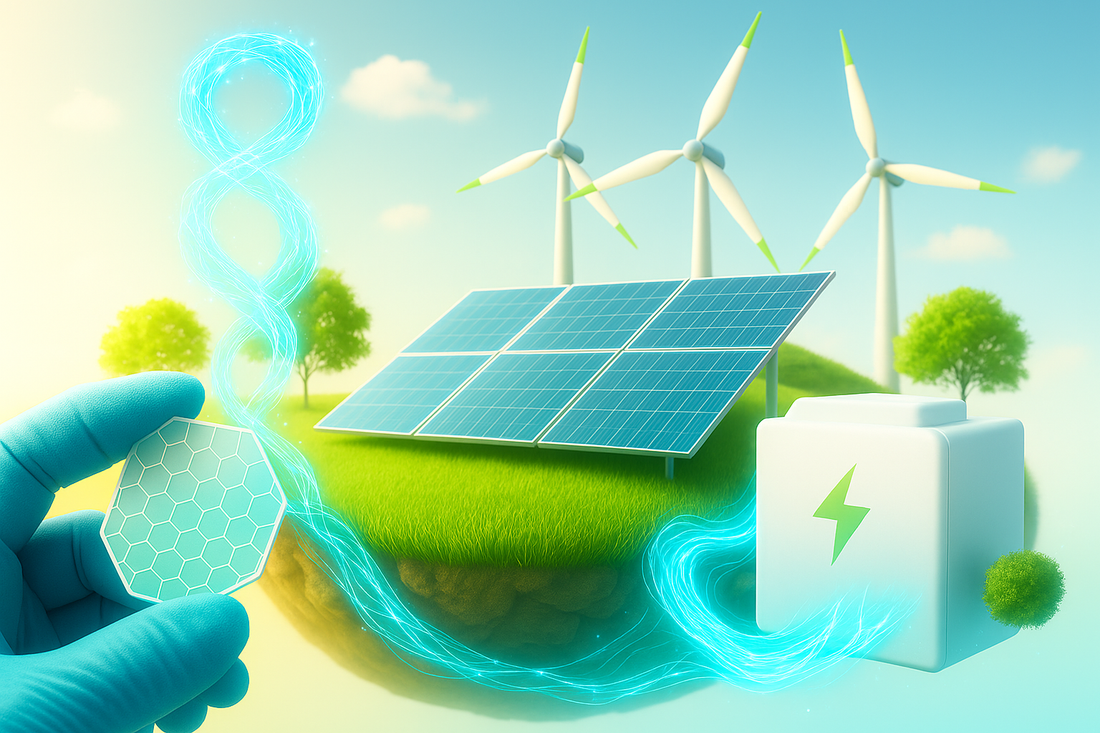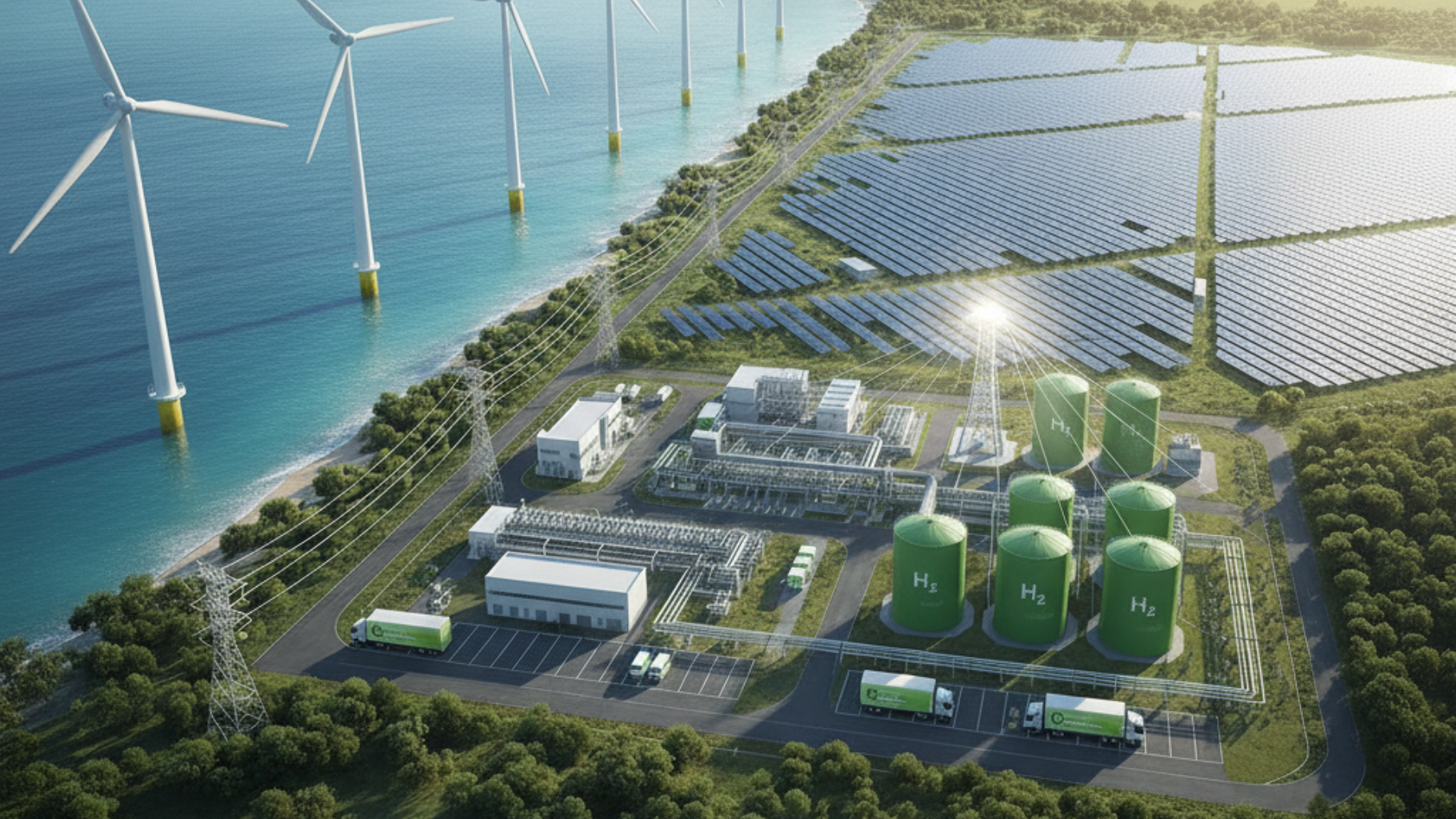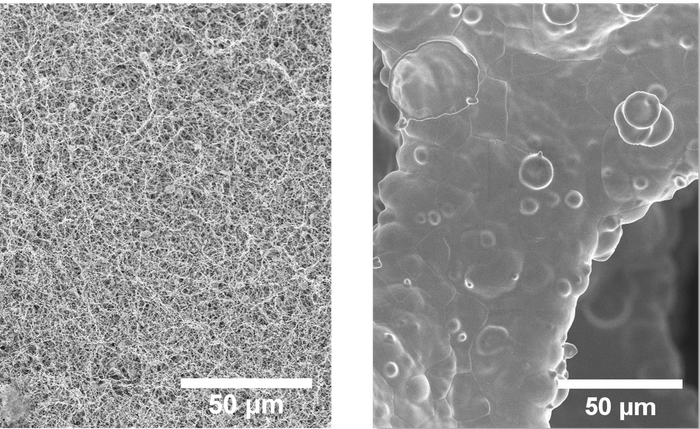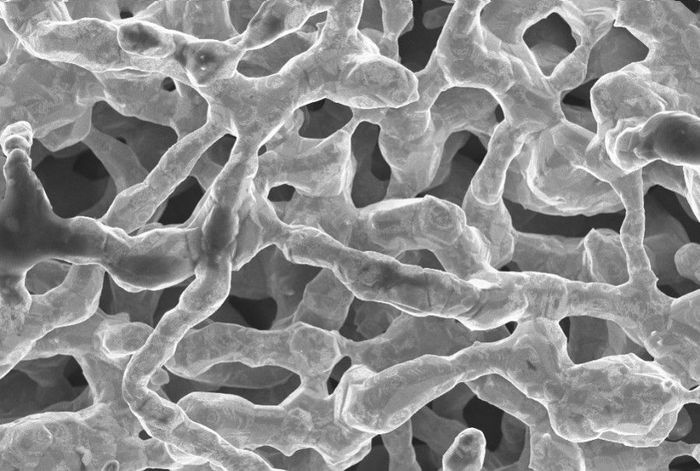WELCOME TO M-SPIN
Revolutionizing Electrochemical Applications with Innovative Materials Technology

VISION
M-Spin is on a mission to push the boundaries of porous materials technology to build a greener future.
Our team is dedicated to transforming electrochemical applications with our ultra-high surface area metallic mats, revolutionizing the way energy is produced, stored and used.
Driving Innovation in Electrochemical Applications
ADVANCED MATERIALS
M-Spin's advanced metallic mats possess 1000 times higher surface area than metal foams (right), enabling high-performance and sustainable electrochemical processes, paving the way for next-generation energy storage and conversion.
DIVERSE APPLICATIONS
Our metallic mats can be made in wide range of metals which offer unparalleled performance as electrodes for electrolysers, current collectors in secondary batteries, and substrates for heterogeneous catalysis
HIGHLY SCALABLE
M-SPIN's metallic mat can be easily produced in large sheets.
We tailor our materials and technologies to meet specific application requirements, empowering our partners with personalized and effective solutions.
WHY M-SPIN
Innovative Approach, Revolutionary Impact
At M-Spin, we adopt a groundbreaking manufacturing approach to create materials that redefine the standards of electrochemical applications, ensuring sustainable and scalable solutions for the future.
Our Partnerships
We are a spin-out from Imperial College London and work closely with Imperial Innovations to commercialise the technology.
We are actively developing collaborations with industry partners to apply the technology for diverse applications. We would love to hear your ideas for further applications. Please get in touch at hello@m-spin.co.uk
BLOG
Welcome to M-Spin's Blog! Dive into the latest on our groundbreaking ultra-high surface area metallic mat technology. Discover updates on our product development, funding milestones, and how our innovative materials are set to transform battery and electrolyser applications. Stay tuned for exciting progress!







